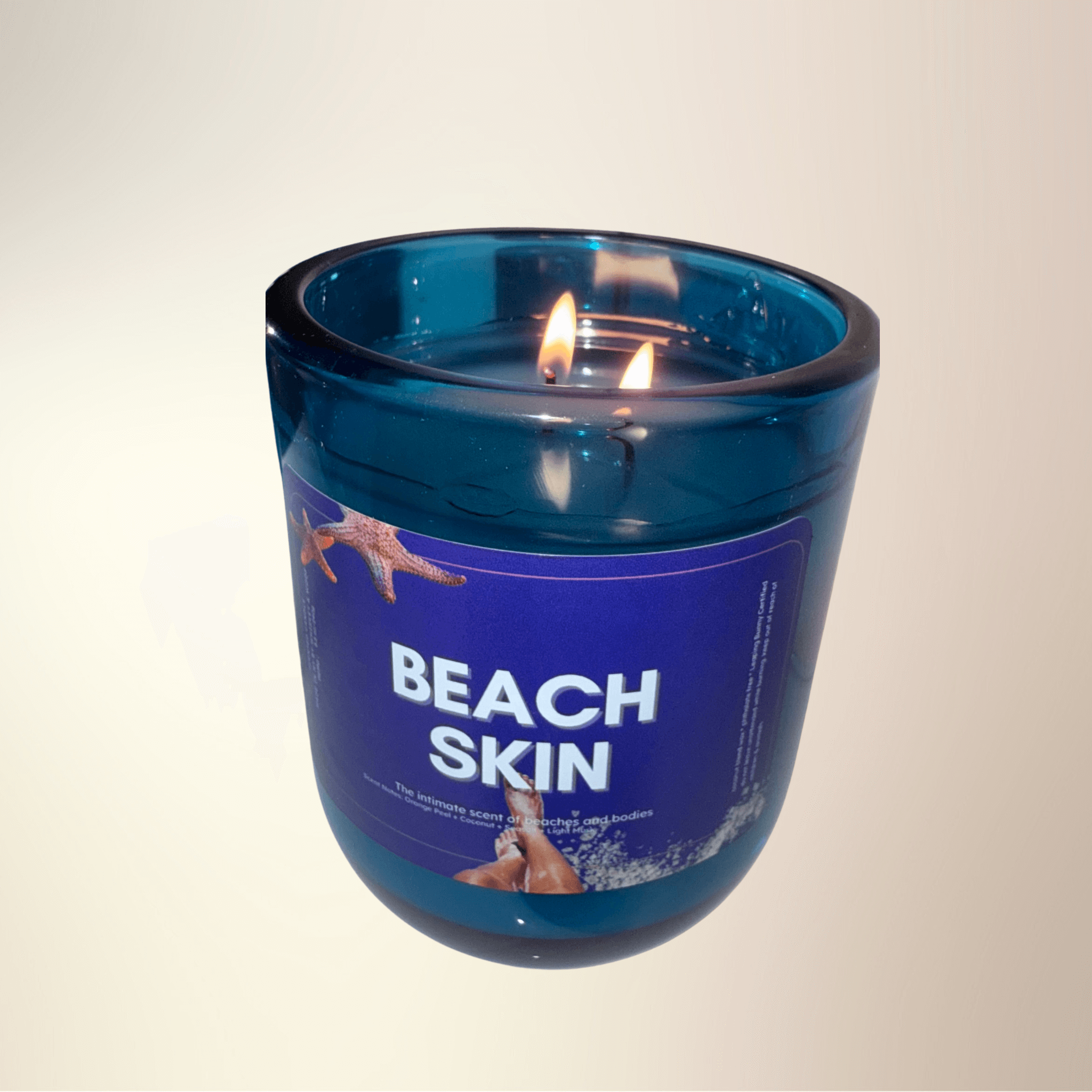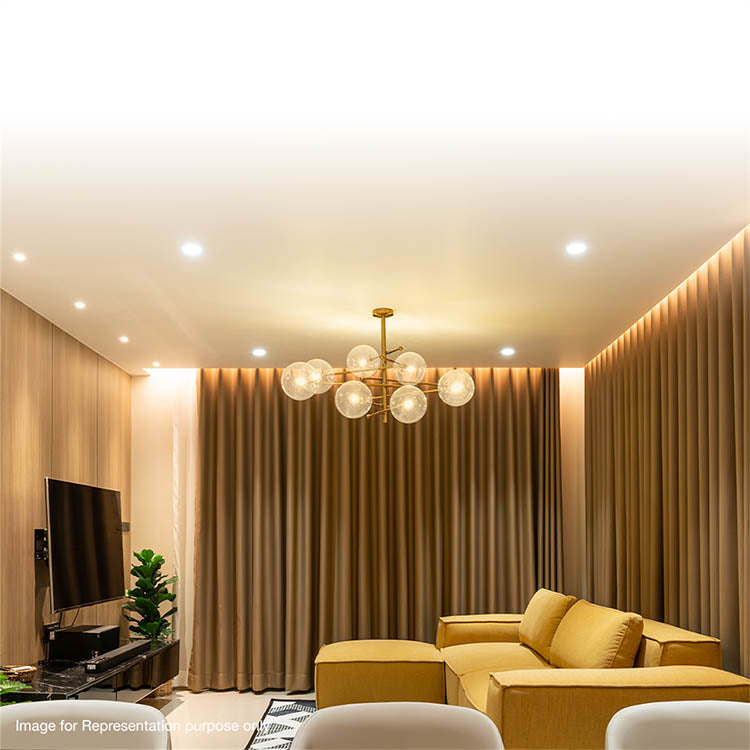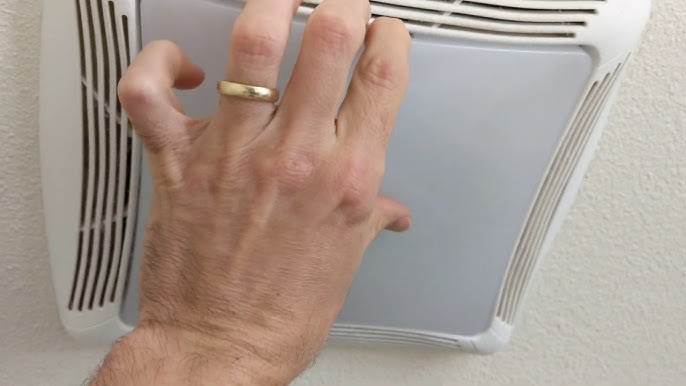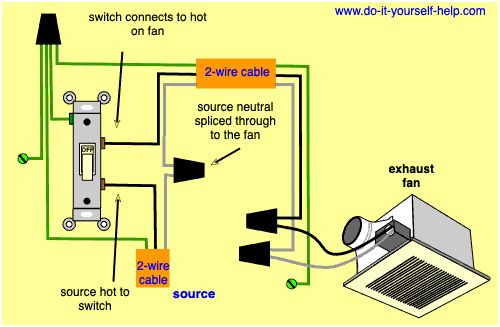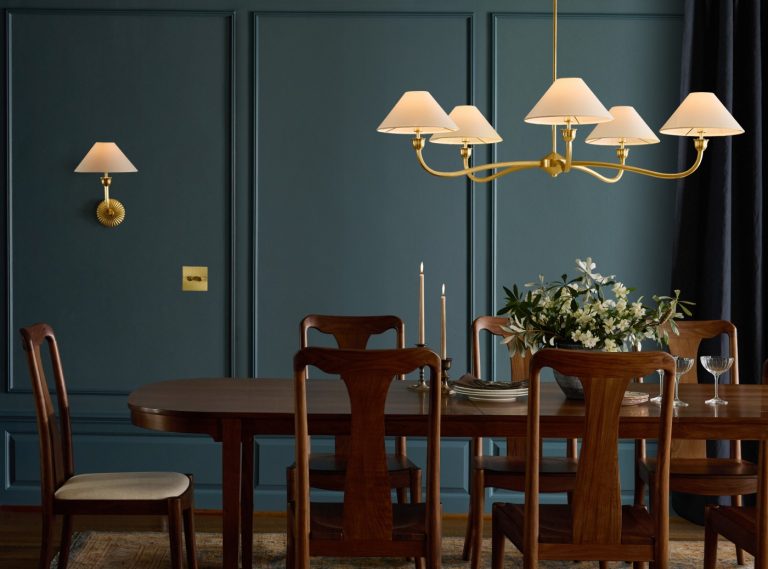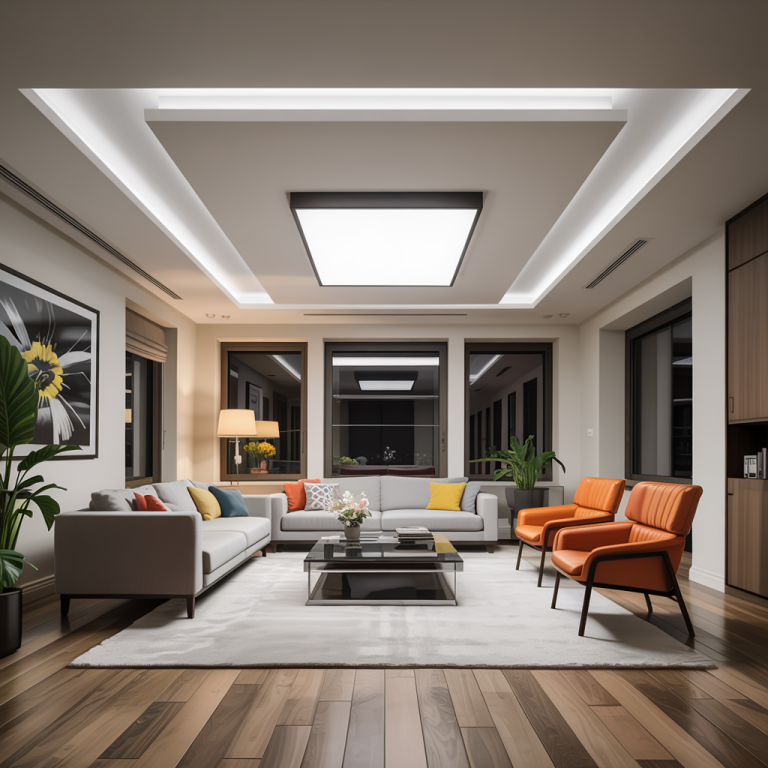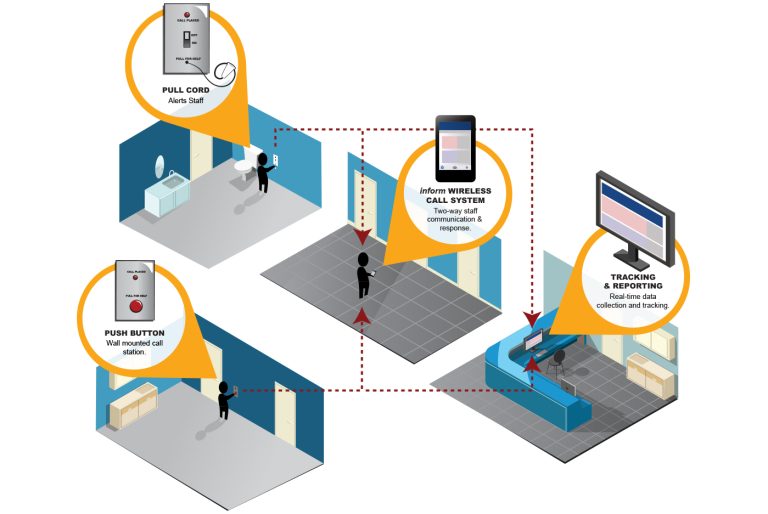Do Lights Make a Room Hotter? Uncover the Truth
Do lights make a room hotter? Yes, lights can make a room hotter. Incandescent and halogen bulbs emit significant heat, raising room temperature. LED lights produce much less heat, making them more energy-efficient and cooler. The more heat a light source emits, the warmer the room can become, especially in enclosed or poorly ventilated spaces.
It’s an intriguing thought, isn’t it? You’re not alone if you’ve noticed that some rooms in your home seem warmer than others. Could it be the lights making all the difference? Before you jump to conclusions, let’s delve into the science behind it.
Understanding how lighting affects room temperature could not only save you from discomfort but also help you optimize energy use, keeping your space cooler and your electric bill lower. So, are you ready to uncover the truth about the lights in your home? Let’s shed some light on the topic.

Credit: ar.pinterest.com
Do Lights Make a Room Hotter?
Science Of Light And Heat
Lights can increase room temperature. Bulbs emit heat while lighting up a space. Different types of bulbs vary in warmth.
Understanding how lights contribute to the heat in a room can offer practical insights for managing your living space more efficiently. The science of light and heat is fascinating and can have real-world implications in your home.
Whether you’re redesigning your office or trying to cool down your living room, knowing how different light sources affect room temperature is important.
Read More: Does Room Light Have UV? Uncover the Hidden Truth
Understanding Light As Energy
Light is a form of energy known as electromagnetic radiation.
When you switch on a light bulb, it emits energy that can transform into heat. This can warm the surrounding area, which is why rooms often feel hotter when lights are on for extended periods.
Types Of Light Bulbs And Heat Emission
Different light bulbs emit varying amounts of heat.
Incandescent bulbs, for instance, convert about 90% of their energy into heat. If you have ever touched one, you’ve felt this firsthand. On the other hand, LED bulbs are far more energy-efficient, converting much less energy into heat.
Switching to LED bulbs can be an easy way to keep your room cooler.
The Role Of Wattage In Heat Production
Higher wattage means more energy consumption and consequently more heat production.
A 100-watt bulb will likely make a room hotter than a 40-watt bulb. Have you ever considered the wattage of the bulbs you use? It’s a simple detail that can have a noticeable impact on your room’s temperature.
How Light Fixtures Influence Room Temperature
Your choice of light fixture can also affect how much heat is retained in a room.
Enclosed fixtures can trap heat, making the area feel warmer. Opting for open fixtures can help dissipate heat more effectively.
Is it time to reconsider your lighting setup?
Practical Tips For Managing Light And Heat
You can make easy changes to manage the heat from lighting.
Switch to energy-efficient LED bulbs to reduce heat emission. Use dimmers to control light intensity and consequently the heat produced.
Simple changes can make a big difference in how comfortable your living space feels.
By understanding the science behind light and heat, you can make informed choices that enhance your living environment. Are you ready to take control of your room’s temperature?
Read More: Where Should Call Lights Be Placed for Safety and Access?
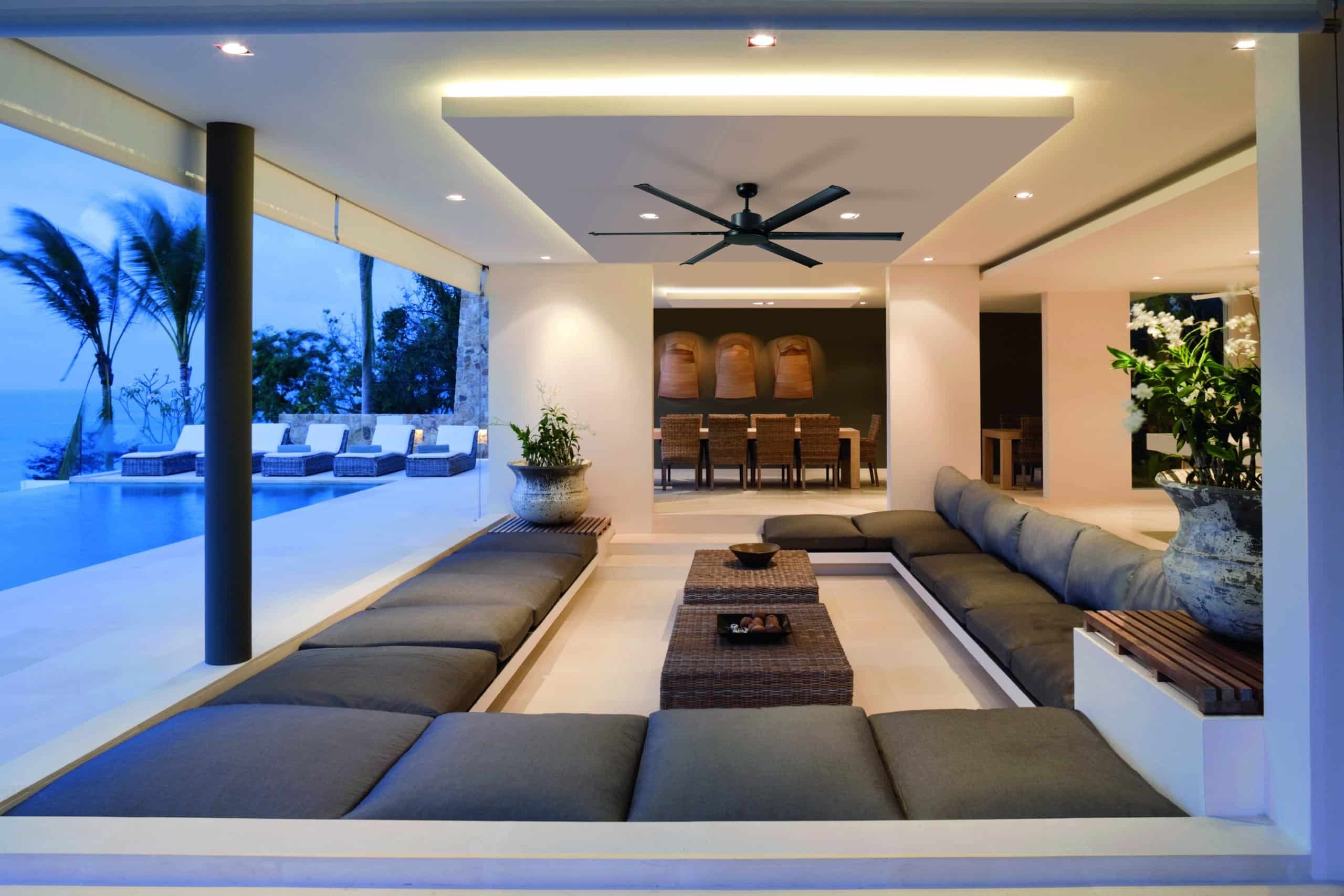
Credit: www.martecaustralia.com.au
Types Of Light Bulbs
When considering the impact of lighting on room temperature, it’s crucial to understand the types of light bulbs available. Different bulbs produce varying amounts of heat, which can affect how warm your room feels. Whether you’re redesigning your living space or simply curious, knowing the heat output of different bulbs can guide your choices.
Incandescent Bulbs
Incandescent bulbs are the classic choice, but they come with a catch. They generate heat as they produce light, often making rooms feel warmer. This is because they convert a significant amount of electricity into heat rather than light. Have you ever touched an incandescent bulb after it’s been on for a while? It’s hot, right? That’s a clear indicator of its heat output.
If you’re trying to keep your room cool, consider swapping these out. Although they’re inexpensive, the extra heat might not be worth it. Think about how this impacts your air conditioning bill during the summer months.
Led Bulbs
LED bulbs are a game-changer in the world of lighting. They produce light efficiently without generating much heat. This means your room stays cooler, which is perfect for hot climates. Have you noticed how LED bulbs remain cool to the touch? That’s part of their charm.
By switching to LEDs, you not only reduce heat but also save on energy costs. They’re a bit pricier upfront, but the savings over time, both in electricity and cooling, are substantial. Next time you pick a bulb, consider the long-term benefits.
Fluorescent Bulbs
Fluorescent bulbs are another energy-efficient option, but they do emit some heat. They fall somewhere between incandescent and LED bulbs in terms of warmth. While they’re cooler than incandescents, they don’t quite match the efficiency of LEDs.
Think about the spaces in your home where fluorescent bulbs might be suitable. They work well in areas where you need consistent lighting but don’t mind a small amount of heat, like garages or basements. Have you tried using them in your workspace? They can be a practical choice.
Choosing the right bulb can have a surprising impact on room temperature. Have you evaluated your lighting choices lately? It might be time for a change. What bulb will you choose next to keep your room comfortable and energy-efficient?
Heat Emission And Room Temperature
Lights can increase room temperature by emitting heat, especially incandescent bulbs. Switching to LED lights reduces heat emission significantly. This change helps maintain a cooler environment while saving energy.
Understanding how lights affect the temperature of a room can be eye-opening. You might have noticed that some rooms feel warmer when certain lights are on. This isn’t just your imagination—lights can indeed impact room temperature due to their heat emission.
Energy Consumption
Lights that consume more energy generally emit more heat. Incandescent bulbs, for instance, convert a significant portion of energy into heat rather than light. A simple switch to LED bulbs can make a difference.
LEDs use less energy and emit less heat, keeping your room cooler. This change can also lower your energy bills, making it a win-win situation.
Impact On Room Climate
Have you ever felt uncomfortable in a room with multiple lamps turned on? Each bulb adds to the room’s heat, influencing the overall climate. This can become particularly noticeable in smaller spaces or rooms with poor ventilation.
Consider the layout of your room and the types of bulbs you use. If you’re aiming for a cooler room, opt for energy-efficient lighting options. You might find that altering your lighting can improve comfort and reduce your reliance on air conditioning.
What changes can you make to your lighting setup to maintain a comfortable room temperature? Small adjustments can lead to significant improvements in your living environment.
Energy Efficiency And Cooling
Lights can impact the temperature in a room. They produce heat when they emit light. This heat can make a room warmer. Choosing the right lighting can help control this. Energy-efficient bulbs are a smart choice. They generate less heat, keeping rooms cooler. Understanding bulb types aids in maintaining comfort.
Reducing Heat Output
Some bulbs give off more heat than others. Incandescent bulbs are the biggest culprits. They waste energy by creating heat. Switching to LED bulbs can reduce this. LEDs use less energy and produce minimal heat. This keeps rooms cooler while saving electricity.
Consider using dimmers. They lower light intensity. This reduces heat output. Dimmer switches are easy to install. They offer control over brightness and warmth. Less light means less heat. Simple changes can make a big difference.
Choosing The Right Bulb
Not all bulbs are equal. LEDs are the best choice for efficiency. They last longer and use less power. Compact fluorescent bulbs also help. They emit less heat compared to incandescents. Halogen bulbs are another option. They are more efficient than regular bulbs.
Check for Energy Star ratings. These bulbs meet efficiency standards. They save energy and reduce heat. Look for the right bulb size too. Bigger bulbs may emit more heat. Smaller bulbs are often cooler. Choosing wisely can improve room comfort.
Practical Tips For A Cooler Room
Are you tired of your room feeling like a sauna? Lights can indeed make a room hotter, but there are practical ways to keep your space cool. Let’s dive into some simple strategies that can help you beat the heat, even when your lights are on.
Lighting Placement
Have you ever considered where you place your lights? Positioning matters. Keep lamps away from where you sit or sleep to minimize direct heat.
Think about installing ceiling lights, which distribute light more evenly and keep bulbs away from you. This can significantly reduce the heat you feel.
Don’t forget about natural light. During the day, use sunlight to your advantage and turn off artificial lights. This not only cools your room but also saves energy.
Alternative Solutions
Swapping traditional bulbs with LED lights is a game-changer. LEDs produce less heat and are energy-efficient.
If you’re into smart home devices, smart bulbs can adjust brightness according to your needs, cutting down unnecessary heat. They even come with fun features like color changes and dimming options.
Consider using fans in conjunction with your lighting. A small desk fan or ceiling fan can circulate air, making your room feel cooler without needing to blast the AC.
Take a moment to evaluate your current lighting setup. Are there changes you can make to enhance your comfort? Sometimes, small adjustments can lead to a cooler, more inviting space.

Credit: luminosum.com
Frequently Asked Questions
Do Led Lights Increase Room Temperature?
LED lights emit minimal heat. They are energy-efficient, keeping room temperature stable. Ideal for maintaining a cool space.
How Do Incandescent Bulbs Affect Room Heat?
Incandescent bulbs produce significant heat. They can warm up a room quickly. Not energy-efficient compared to modern lighting.
Can Lighting Choices Impact Air Conditioning Costs?
Yes, choosing cooler lights like LEDs can reduce air conditioning costs. Less heat means less cooling needed.
Conclusion
Lights can indeed make a room hotter. This depends on the type used. Incandescent bulbs generate more heat. LED lights, on the other hand, remain cooler. Choosing the right bulb matters. It affects room temperature. Aim for energy-efficient lighting. It keeps spaces comfortable.
Also, it saves energy. Understanding how lights work helps. You can make smarter choices. Your room stays cool. Plus, it’s cost-effective. Consider lighting when managing room heat. Small changes can have big impacts. Make lighting choices wisely for a pleasant environment.

